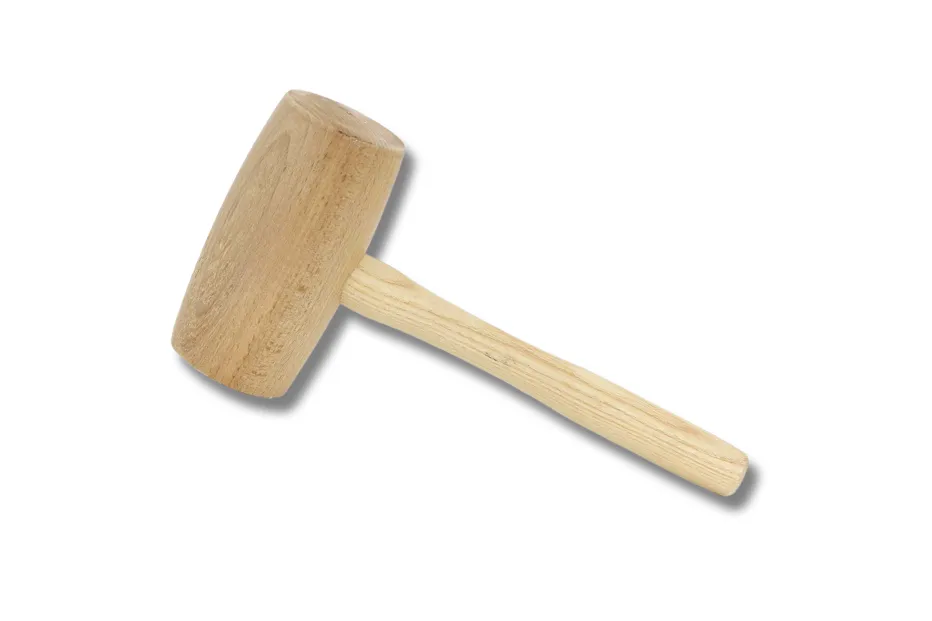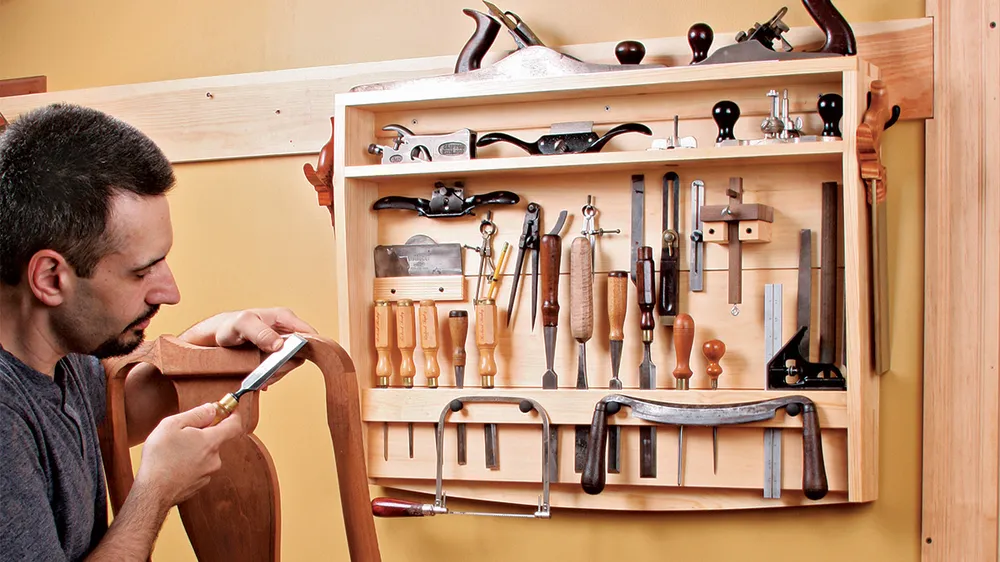Category: Carpenter Tools

Clamping Tools: A Guide to Their Types, Uses, and Tips For Perfect PrecisionClamping Tools: A Guide to Their Types, Uses, and Tips For Perfect Precision
Clamping tools have an irreplaceable place in a wide array of tasks for precision and stability. These are versatile tools used in the workshops to ensure workpieces remain secure while [...]

Different Types Of Hacksaws, Their Uses, and Safety TipsDifferent Types Of Hacksaws, Their Uses, and Safety Tips
When you want to cut through materials such as metal, plastic, or steel, a hacksaw is the right tool that you need. It offers precision and efficiency, however it is [...]

12 Carpentry Hand Tools For Every Woodworker12 Carpentry Hand Tools For Every Woodworker
Woodworking is a timeless craft that relies on skill, precision, and the right set of tools. While power tools have their place in modern workshops, there’s a certain satisfaction and [...]

8 Best Woodworking Hand Tools You Need For Carpentry!8 Best Woodworking Hand Tools You Need For Carpentry!
Best Woodworking Hand Tools You Need For Carpentry. There are so many hand tools that are required for woodworking and they can be found easily. The two most important processes [...]
